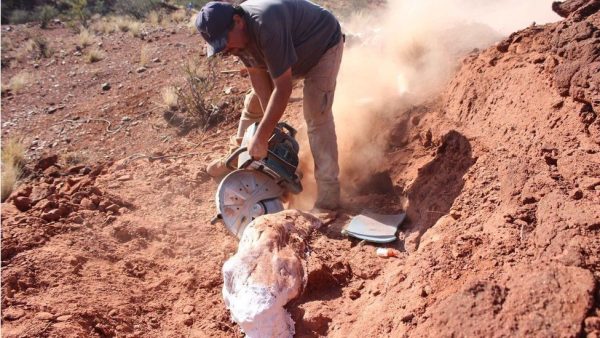In a groundbreaking discovery from Argentina, paleontologists have unveiled the fossilized remains of a new dinosaur species, Ingentia prima, dating back to the Triassic period—approximately 30 million years before iconic long-necked plant-eaters like Diplodocus and Brachiosaurus appeared.

Although smaller than its later counterparts, weighing about 10 tonnes, Ingentia prima challenges previous assumptions about when and how dinosaurs grew to giant sizes.
The lessemsaurids, a group including Ingentia prima, achieved their enormous bodies independently of the gigantic sauropods that evolved later.

The latest findings indicate that some dinosaurs attained giant sizes during the latest part of the Triassic, challenging the notion that the first giant dinosaurs emerged in the early Jurassic period.
The newfound dinosaur had an elongated neck and tail, reaching a length of about 10 meters. What sets it apart is its growth strategy, involving fast growth spurts and efficient bird-like lungs.

The presence of bird-like air sacs, seen in later dinosaurs, suggests a role in maintaining body temperature and supplying substantial oxygen for large animals.
The discovery of growth rings in the bones indicates markedly high-growth periods, showcasing a unique strategy for achieving body size in the early stages of evolutionary history.

These findings not only provide insights into the lives of ancient dinosaurs but also suggest the possibility of even larger and more unusual discoveries awaiting excavation.
The lessemsaurids’ ability to achieve giant sizes independently adds a new layer of complexity to our understanding of dinosaur evolution.






